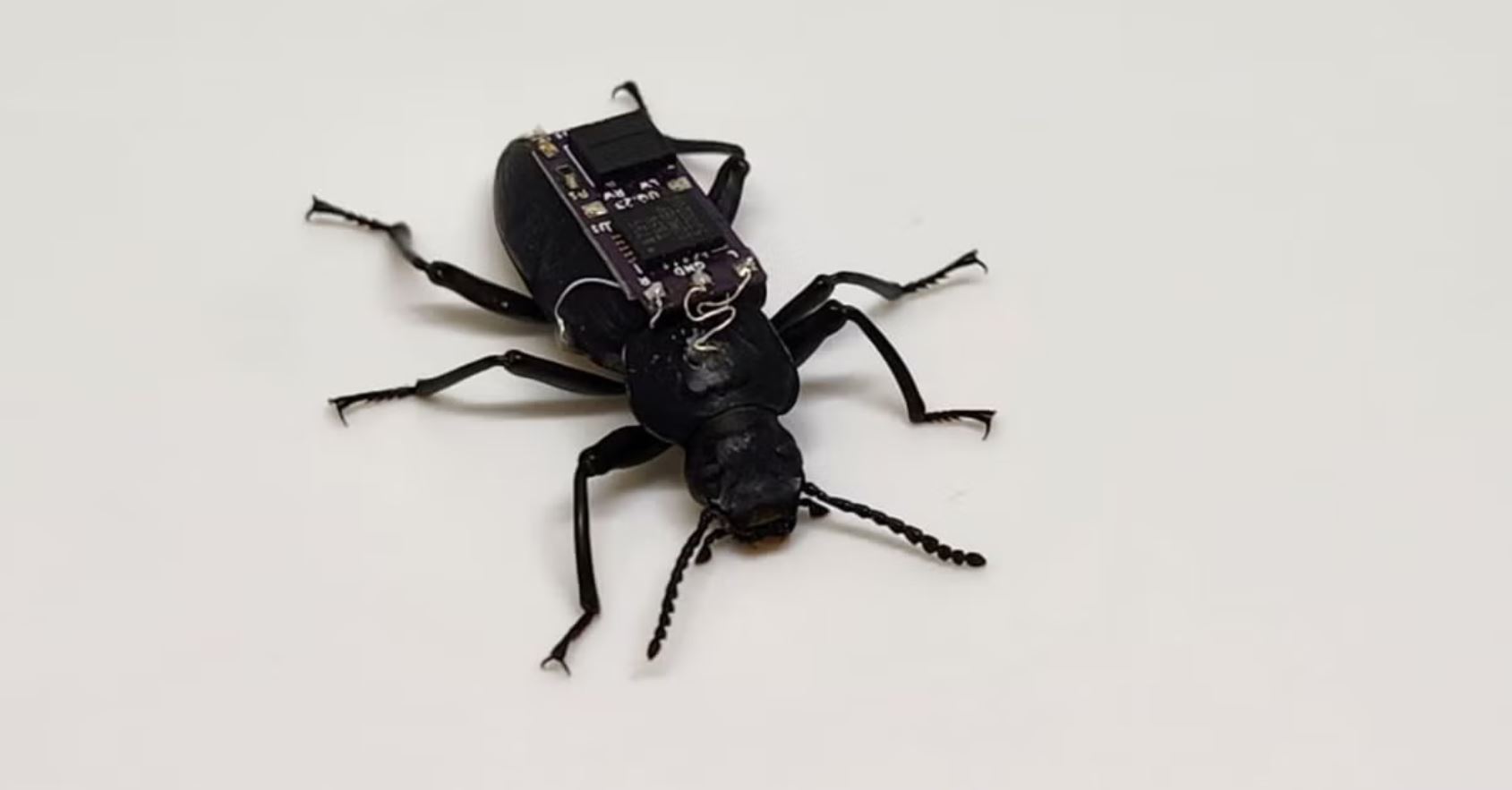 Researchers at the University of Queensland have reimagined the role of nature in disaster recovery by transforming common darkling beetles into cyborg insects. Fitted with microchip backpacks and controlled via game controllers, these creatures can navigate through complex rubble and other challenging terrains to help locate survivors faster. If you’ve ever felt frustrated by the slow pace of traditional rescue robots, you’ll appreciate how these beetles harness their natural agility to work where machines often falter.
Researchers at the University of Queensland have reimagined the role of nature in disaster recovery by transforming common darkling beetles into cyborg insects. Fitted with microchip backpacks and controlled via game controllers, these creatures can navigate through complex rubble and other challenging terrains to help locate survivors faster. If you’ve ever felt frustrated by the slow pace of traditional rescue robots, you’ll appreciate how these beetles harness their natural agility to work where machines often falter.
Dr Thang Vo-Doan, who leads the project, highlighted the inherent climbing and manoeuvring prowess of beetles, noting that these qualities make them ideal for infiltrating spaces that are too tight or dangerous for other technology. Unlike standard robotics, the cyborg beetles maintain their own biological endurance while benefiting from precise, programmable guidance. This blend of nature and tech not only preserves the insects’ lifespan but also opens up new avenues for rapid response in emergency scenarios.
In practical terms, the study involved equipping Zophobas morio—commonly known as darkling beetles—with removable backpacks that stimulate their sensory organs. Research Assistant Lachlan Fitzgerald explained that while robots still struggle with transitions from flat surfaces to walls, these enhanced beetles use their active footpads to navigate vertically with ease. The team is now working on integrating miniature cameras and compact power sources to further boost the beetles’ rescue capabilities.
For anyone interested in how bio-hybrid robotics can complement conventional disaster response tools, this work offers a tangible example. Continuing research at institutions like Nanyang Technological University in Singapore, where cockroaches are similarly repurposed, underscores a broader move towards utilising living organisms to overcome the limitations of mechanical devices.
This pioneering research, published in Advanced Science, provides not just a new tool for rescue operations but also a stepping stone for further innovations in cyborg technology.








